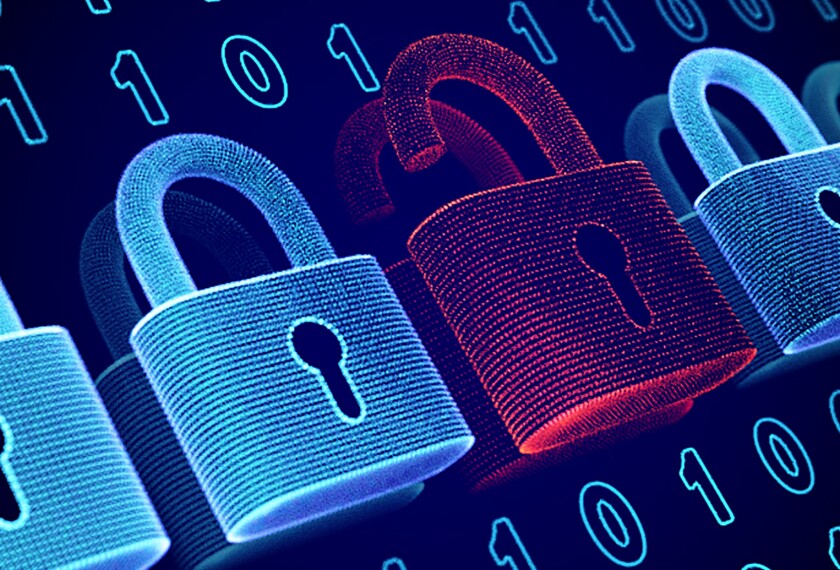Cyberattacks on school districts surged by a whopping 18 percent in calendar year 2020, likely due to the greater reliance on classroom technology during the pandemic, according to a report released March 10 by the K12 Security Information Exchange and the K-12 Cybersecurity Resource Center.
There were 408 publicly disclosed cyberattacks last calendar year, compared with 348 in 2019, the report found. That amounts to more than two attacks per school day. It’s also the highest number of attacks since the Center first began tracking these incidents in 2016.
The pandemic “offered a profound stress test of the resiliency and security of the K-12 educational technology ecosystem,” the report concluded. “The evidence suggests that in rapidly shifting to remote learning school districts not only exposed themselves to greater cybersecurity risks but were also less able to mitigate the impact of the cyber incidents they experienced.”
School districts should review their plans for keeping tech operations running smoothly during future emergencies, the report suggested.
In addition to the usual cyberattacks—denial of service, ransomware, phishing, and data breaches—the past year saw the introduction of a brand-new type of cyberattack: Invasions. ‘Class invasions,’ also known as ‘Zoom raids’ or ‘Zoom bombing,’ included unauthorized people disrupting online classes, often with hate speech, sexual or shocking images, videos, or threats.
So-called ‘meeting invasions’ used similar tactics and were targeted mostly at PTA meetings, school board meetings, virtual open houses, and other events drawing relatively larger groups of people. And ‘email invasions’ typically entailed breaking into district email servers and using them to send hate speech, distressing images, and other inappropriate content to many people on district email lists.
The pandemic may be a big part of the reason for the spike in cyberattacks, the report says. That’s because schools increased their use of technology dramatically beginning last spring, including by handing out thousands of new devices, using new platforms without a lot of training for teachers, and allowing educators to use free apps that hadn’t been carefully scrutinized for privacy and security factors.
What’s more, school district IT staff may have used new remote access tools to keep teachers and students connected, creating more opportunities for hackers to get into their district networks. And, in districts where students returned in the fall of 2020 for some in-person instruction, many students and teachers brought back devices that were used on home networks that were not necessarily secure. That could have paved the way for malware— software specifically designed to disrupt, damage, or gain unauthorized access to a computer system—to enter district networks.
What kind of schools are most likely to be attacked? Traditional public schools lead the pack. And 12 percent of schools that were attacked once in 2020 experienced a second attack at another point in the year.
The report also found that urban districts are more likely to be attacked than small, rural ones. City districts make up just 6 percent of all districts, but were the target of 21 percent of the cyberattacks. Meanwhile, large districts, defined as those with more than 10,000 students,comprise just 8 percent of districts, but experienced 31 percent of the attacks.
What should be done about cyberattacks?
For one thing, school districts should carefully examine the security practices of their vendors before they sign long-term contracts, the report recommends. 69��ý will need greater resources for cybersecurity if they are going to implement federal guidance on how best to safeguard their schools. And it’s important for educators and students to understand basic cybersecurity measures, the report notes.






